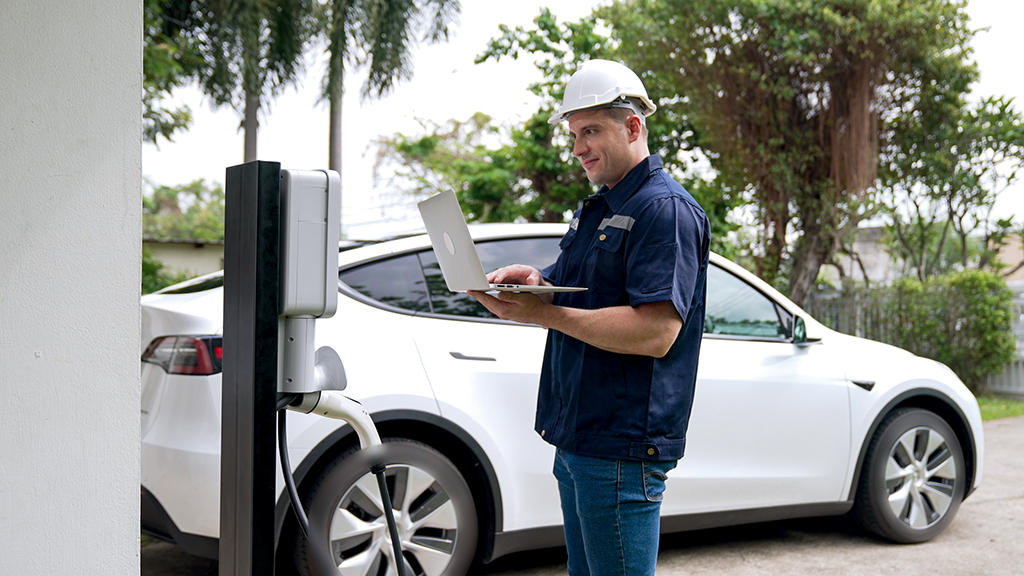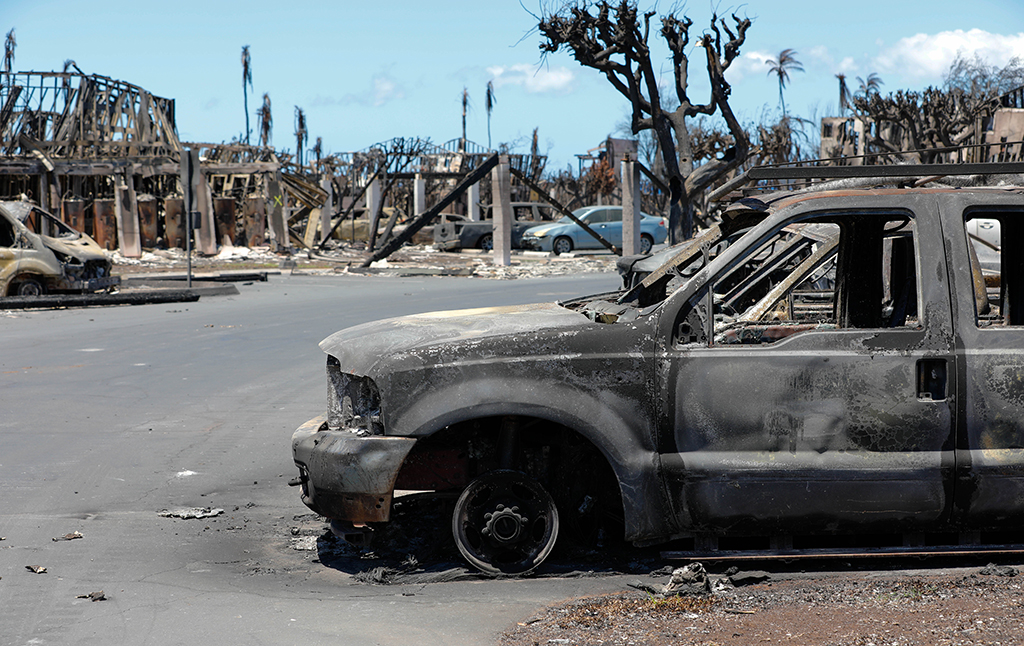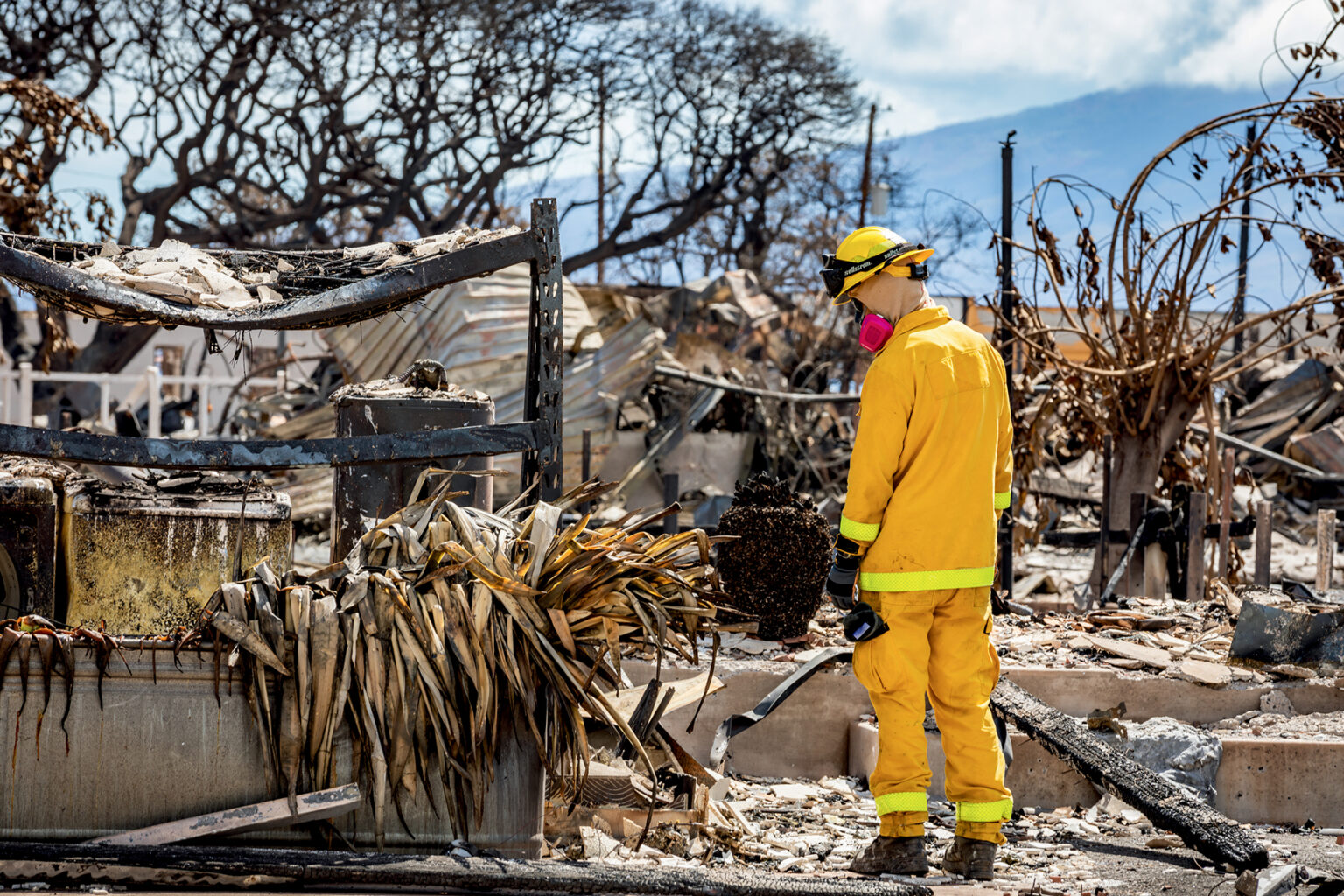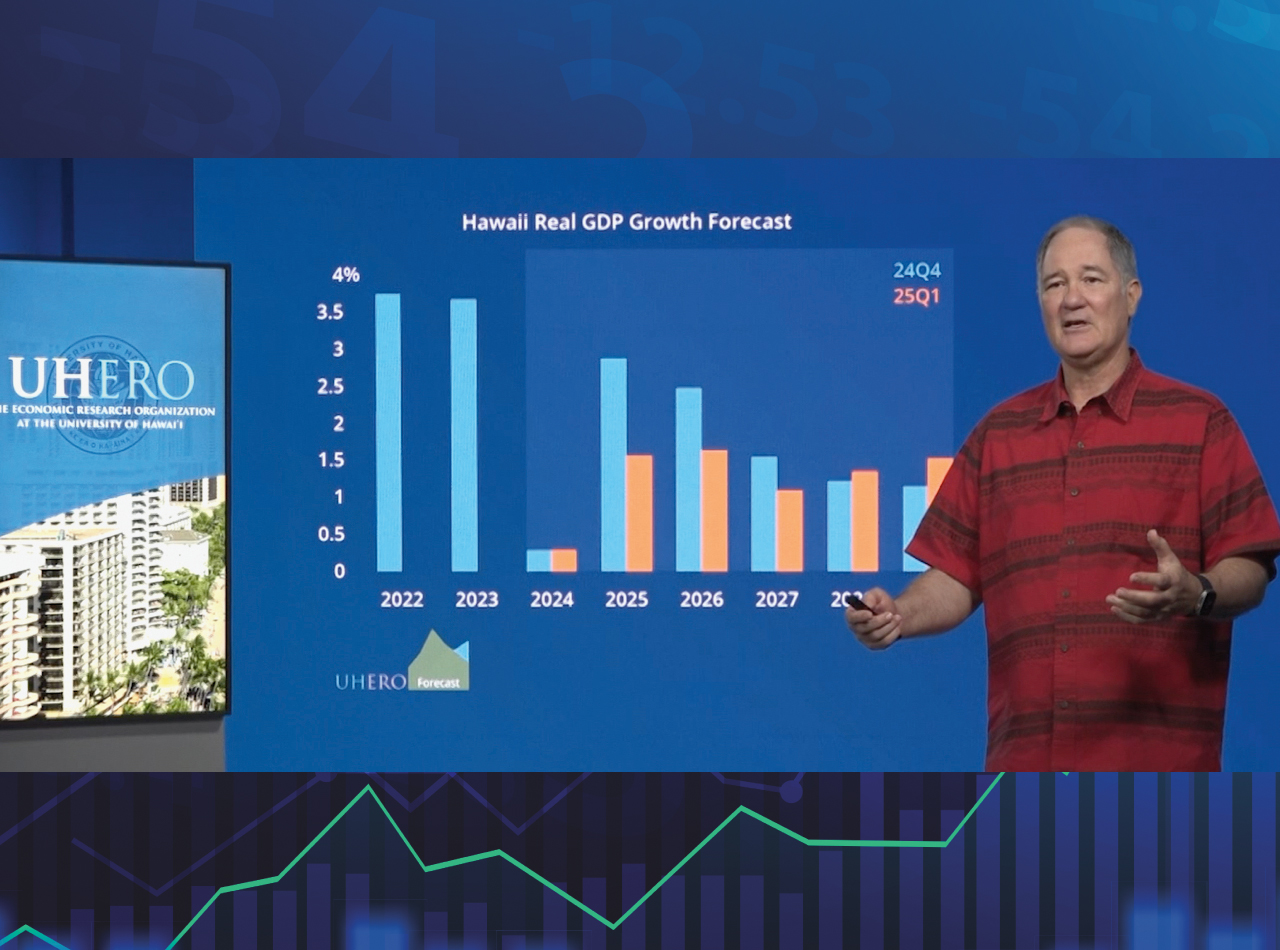Electrical industry experts in both Hawai‘i’s public and private sectors project continued growth this year — and well into the future.
They say the outlook isn’t just promising for our state, but nationally as well. A variety of factors are driving industry optimism, but some still recognize unique challenges presented by external pressures will remain an issue in Hawai‘i.
The insiders Building Industry Hawaii spoke with remain steadfast, however, in their belief that local electricians are well-positioned to capitalize on all opportunities and meet any challenges presented to them in 2024 and over the years to come.
FEDERAL FUNDING FLOWS
The federal 2021 Bipartisan Infrastructure Law (BIL) continues to provide unprecedented levels of funding for Hawai‘i construction projects that will help fuel the growth of Hawai‘i’s electrical industry.

Leyton Torda, a board member with the International Brotherhood of Electrical Workers (IBEW) Local 1186, says funding provided by the BIL will benefit Hawai‘i’s qualified electrical workers through $5 billion in National Electric Vehicle Infrastructure (NEVI) funding.
“First, all electricians working on NEVI-funded projects must be … certified by the IBEW EVITP (Electric Vehicle Infrastructure Training Program),” he says. “Projects requiring more than one electrician must include at least one apprentice enrolled in the Department of Labor’s Grid Resilience and Advanced Power (GRAP) program.
“Finally, other on-site workers directly involved in installation, operation and maintenance must have graduated from a GRAP program or possess relevant licenses, certifications or state-required training. These requirements create good-paying jobs with benefits and build a skilled workforce for the clean energy sector,” Torda says.
As of February 2023, $1 billion had been announced for 40 specific projects throughout the state. Much of that funding is allocated for transportation infrastructure such as roads and bridges. However, the announcement also included funding for improvements to Hawai‘i’s airports, energy grid and coastal infrastructure — in which a steady supply of skilled electrical workers will be needed for virtually all of the work.
A BOON FOR LOCAL ELECTRICIANS
“These types of projects have created an increased demand for journey workers who can in turn train apprentices on the job,” says Torda. “We saw an increase in the number of apprentices we indentured in 2023 and have already indentured multiple classes statewide in early 2024. We also anticipate a steady demand for apprentices throughout 2024.”
In May 2022, the federal Bureau of Labor Statistics issued a report indicating Hawai‘i was the top-paying state in the U.S. for electricians, with the highest mean hourly wages and annual salary.
Urban Honolulu at the time was ranked fifth in the nation for top-paying metropolitan areas for electricians, with Kahului/Wailuku/Lāhainā just three spots below on the list. In addition, Hawai‘i island and Kaua‘i were listed as the highest-paying nonmetropolitan areas in the country for electricians.


Of course, Hawai‘i also endures the highest cost of living index in the U.S., which contributes to the state’s skilled labor shortage. But when overall demand for skilled labor outpaces supply, wages will increase, which bodes well for Hawai‘i’s electricians as employment levels are forecasted to increase 7 percent by the decade ending in 2030.
Ryan Chun, Hawai‘i division manager for Rosendin Electric Inc., clearly sees the need for more electrical workers in Hawai‘i.
“There is absolutely an opportunity, in fact a need, to expand Hawai‘i’s skilled electrical workforce,” he says. “Along with the ongoing effort to support the affordable housing market, there does appear to be continued growth in alternative and sustainable energy solutions to mitigate the rising costs of energy, especially in Hawai‘i.”

EMERGING FROM CATASTROPHE
Although employment numbers have yet to fully recover from shocking unemployment statistics during the COVID-19 pandemic, they continue an upward trend. Most public and private sector experts say 2025 is when Hawai‘i might expect a full return to pre-pandemic employment levels.
“We took a hit,” says Al Itamoto, executive director of the Electrical Contractors Association of Hawaii (ECAH). “However, as construction work was deemed essential, the industry carried on.”
During the COVID-19 lockdown, challenges came in the form of work absences and supply chain interruptions.
“We had waits of up to a year,” he says. “[But] going forward, we’re optimistic.”
Itamoto anticipates the BIL will help accelerate the state’s recovery from issues caused by the pandemic, adding any upcoming changes could be a way to help make the supply chain more efficient overall.

ADDITIONAL CHALLENGES
Rebuilding Lāhainā after the unthinkable destruction of the 2023 wildfires on Maui will be a solemn and monumental undertaking.
As both the public and private sectors assist with recovery and rebuilding efforts, opportunities for the electrical industry to find innovative solutions and technologies will only continue to emerge. Talk of new underground power lines, as well as updated fire detection, prevention and mitigation plans all point to local electricians playing a vital role in West Maui’s recovery.
Elsewhere in the state, recent rolling blackouts on Hawai‘i island and O‘ahu accompanied by utility company pleas for energy conservation indicate serious deficiencies in power generation and transmission capabilities statewide. New technology, like efficient battery storage and the expansion of renewable energy sources will play a major role in meeting the state’s energy needs.
“With the EV market growing as well, utilities will be capped in providing the necessary capacity to support electrification infrastructure, further incentivizing alternative energy pursuits,” says Rosendin’s Chun. “As both the EV/electrification and alternative/sustainable energy markets are mostly privatized for the time being, each provides differing and evolving technologies.”
CONNECTING TO THE FUTURE
One ambitious project in particular — the Hawaiian Islands Fiber Link (HIFL) — highlights the local industry’s potential to create successful public-private partnerships that materially improve the quality of life for marginalized groups, as well as remote, rural communities statewide.
The HIFL is a submarine fiber optic cable developed by the University of Hawai‘i and Ocean Networks Inc. that will provide high-speed connectivity throughout the Hawaiian Islands over its expected 25-year lifespan after entering into service in late 2026.
The collaboration between the state and private sector leverages federal funding and will “position our state for long-term economic growth” as part of Hawai‘i’s Connect Kakou broadband initiative, says Gov. Josh Green.
Local electrical workers and contractors are poised to help lead Hawai‘i into a future that promises opportunity, prosperity and solutions to seemingly intractable, existential problems like income inequality, a woeful lack of affordable housing and anthropogenic climate change.
Make no mistake, our skilled electrical workers and industry leaders are up to the task in 2024 and beyond.




